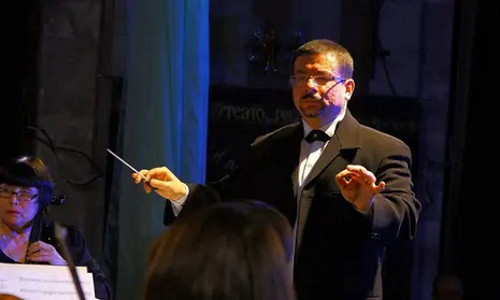Museums and Morals
Holland Carter in his Museums and Morals essay in the New York Times conflates two important ideas about arts and ethics. However, while I agree with both, by doing so he mitigates the importance of each:
His first thesis; there are dangers when corporations sponsor arts organizations or arts programs. There can be subtle influences particularly if the genesis of the sponsorship is not entirely transparent as I point out with the Cosby family sponsorship of its collection at the National Museum of African Art. Sponsorship – whether corporate, individual like the Cosby’s or governmental (King Louis XIV was the major sponsor of French opera and there was more ballet in French than Italian opera because, well, Louie loved to dance) or even foundation grants (yes, foundations have their own agendas which may be deemed political by the less liberal among us) – is rife with the potential for interference. But this interference presupposes purity on the part of the arts institution to somehow “tell the truth.” He infers that because there is so much influence, and because arts institutions cannot survive without such influence, we, the general public may not be getting the curator’s or director’s best thinking.
Which leads to his second point: arts institutions have a responsibility to tell the truth – to respond and explain, to the best of their professional ability, what is not only beauty but what is truth. However, Cotter’s examples are but one interpretation of truth, or reality. Every generation of critics brings a bias to its analysis. It is the nature of artistic criticism that what may seem important or germane to one era, is irrelevant to another. The late, great, director of the Houston Museum of Fine Arts, Peter Marzio, framed the issue, “If you define modern art, for example, as [only] a story about Picasso and Matisse while what was going on in Asia and in the Middle East and in Africa and Latin America …is not included in that story [you are not a museum for your community]. “But by being more ecumenical and more inclusive, you aren’t necessarily lowering any standards.” To be sure, we want our academic institutions and our arts institutions to be empowered (not subject to censorship) and unencumbered (by capitalist motives, for example), to be honest and to be relevant to their community. But every generation holds a different version of truth. We can agree that because we all “own” our nonprofit arts institutions they owe it to us to be both uninfluenced by political or financial constraints and transparent when they are swayed. As I have written, “Nations live or die, ultimately, by their values. Our national museums have a standard to uphold. We own them; they owe it to us to demonstrate the highest values.
So what is politically correct? And shall we trust our museums to be our fact checkers? And shall we listen to marginalized artists to keep museums honest? Because they are artists do they have a certain independence that the Louvre doesn’t? Can we “trust” come museums to tell us the truth?
We know that there are different levels of truth that come from the news media. For some, The New York Times tells us the truth, whereas we believe less in the National Enquirer.
Cotter’s essay is replete with merit. We must be cautious, we must be vigilant and ultimately, we owe it to ourselves to remain informed, from as many “unbiased” sources as possible.







